
I have always maintained from the very beginning that I will refrain from expressing my personal opinion on politics and religion in my writings that might reflect any bias or hurt any religious/cultural/spiritual sentiment. Having grown up in the multicultural Kolkata we have participated in all festivals from all religion. My previous writings dwell deeply on this aspect (Article 1, Article 2). But I cannot deny the fact that the enigma of varied cultural/religious aspects of different places simply fascinate me. The strong beliefs and faiths reinforcing the expression on the faces of devotees during worship, the colours, the rituals, the stories underlying these rituals – I have always wanted to capture these elements in a soulful manner. And I hope that I’ve succeeded.
Religion in Nepal
It is fascinating and quite a complex task to understand Religion in Nepal because there is no simple straight forward philosophy. Many communities and many religion have become intermingled. There seems to exist 70 ethnic and indigenous communities in Nepal speaking at least 100 different languages and dialects. Though many perceive Buddhism as the predominant religion in Nepal, it constitutes less than 6% of the the country’s population. For Hindus the world over, the temple of Lord Shiva in Pashupatinath along the banks of the Bagmati river in Kathmandu is one of the most sacred pilgrimages. Thousands congregate here for the annual Mahashivaratri festival which falls in early spring. In-fact, this temple is one of the 275 Paadal Petra Sthalams (Holy Abodes of Shiva on the continent).
At the same time Nepal is also the birthplace of Lord Buddha. He was born in Lumbini located in southern Nepal. The Stupas or sacred mounds of Swayambhunath and Bouddhanath are very important reference points for Buddhism. Hence, many Buddhist practices, customs and rituals have entered into Hinduism and vice versa. Interestingly, Buddhism here is considered to be a part of Hinduism.
The Pashupatinath temple dates back to the 17th century A.D and is a UNESCO World Heritage Site. So here’s another tick in my list of the UNESCO World Heritage Sites that I have visited.
The stalls lining up the street to the Pashupatinath temple selling Sindoor/Vermillion and Gulal/coloured powder for smearing on the forehead after the worship, the colourful threads to be tied in the hands as sacred threads, the fresh flowers for decorating the Dali/basket that would be offered during the worship, the famous Nepali Rudraksha chains used as prayer beads, the smell of incense sticks – all form a kaleidoscope for the visual senses. Here’s our journey…
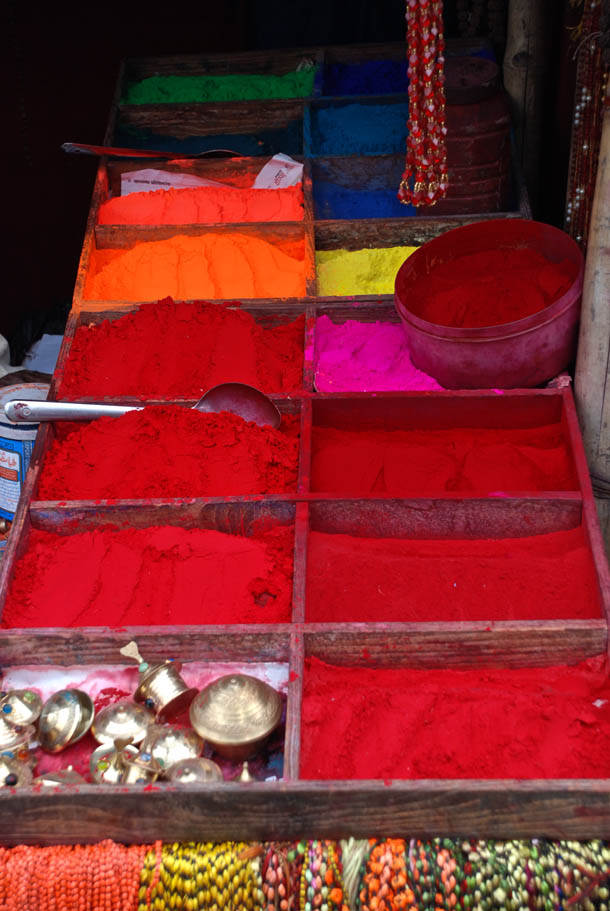
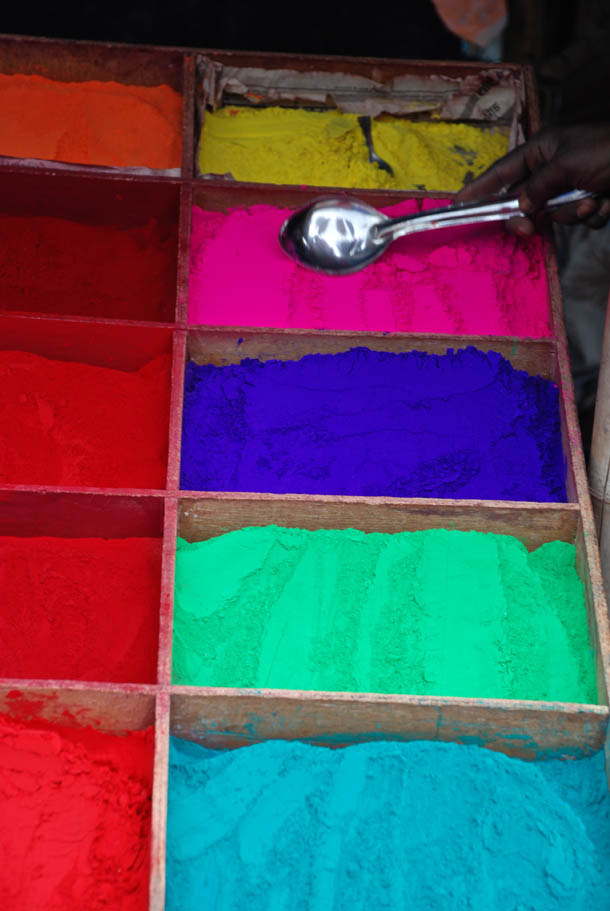
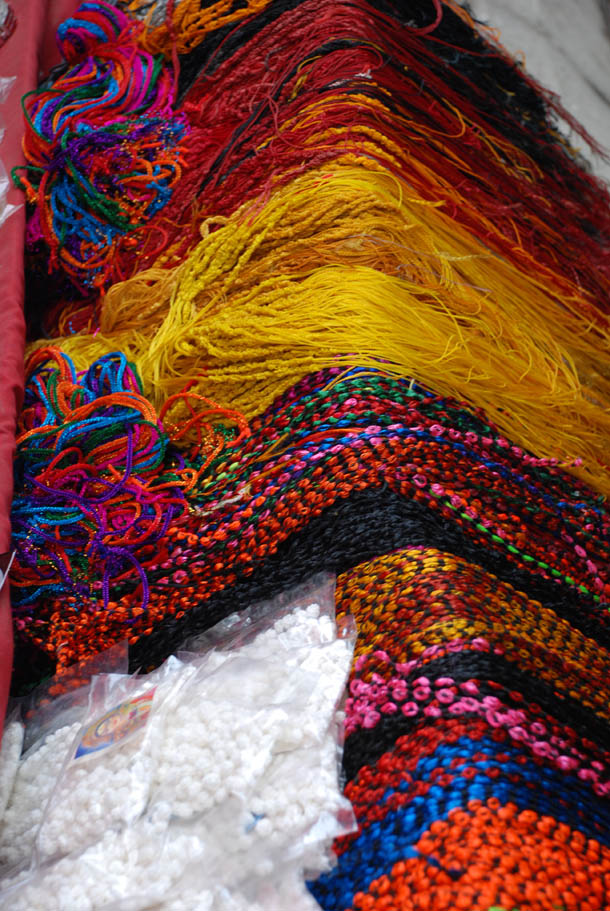
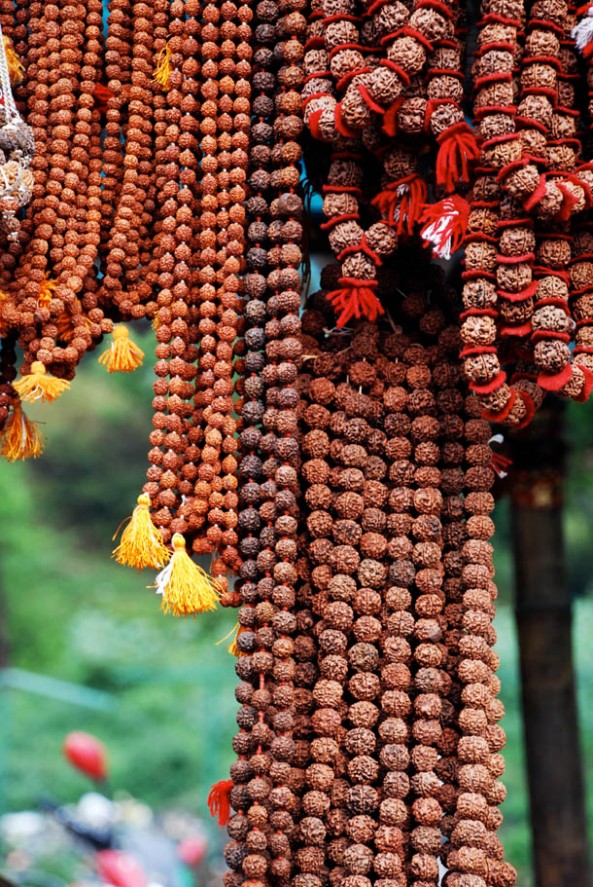
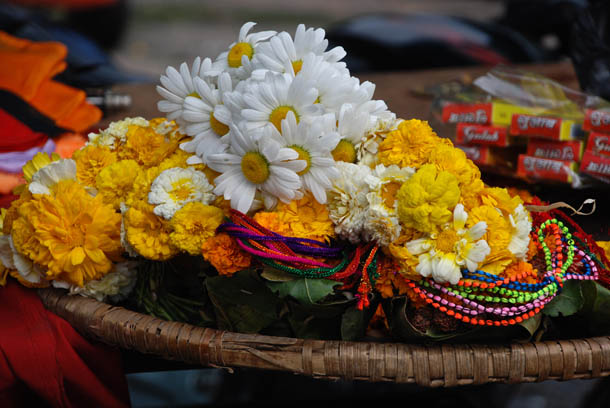
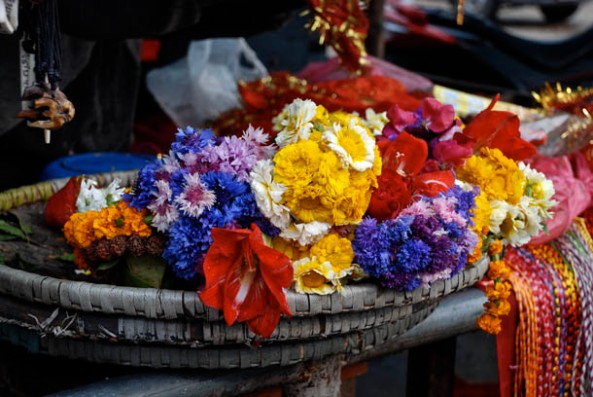
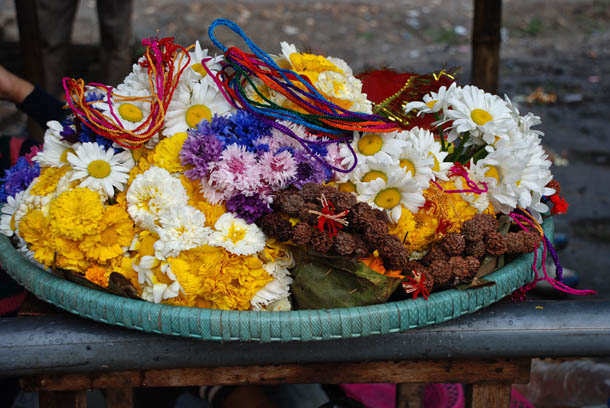
The Abandoned Women Amidst Many Prayers
Where do I start? How do I explain? This is also the title of my post. Red bricks, intricate wooden carvings have shaped the house where the nameplate indicates that this is called the Mahasthan Ghar. An interesting subject for my camera indeed. Till I saw the ladies sitting there with profound expressions in their eyes and fine wrinkled lines on their faces that must have seen a lot and borne a lot. The temple premises are sacred – hence devotees throng to it’s doors on every important aspect of their lives – be it when a new life is ushered in or when a life is gone. The Ghats/Steps leading to the Bagmati river are considered sacred as well. The smoke from the cremation pyres, the baskets of offerings occasionally floating by – these are all witnessed by the devotees who have only prayers in their hearts.
And in this sacred land amidst many prayers, these women who have been abandoned by their families are just waiting for their final call. Their only wish is to die while waiting in the Mahasthan Ghar on this scared premise so that they can go to heaven.
All photographs have been taken after taking permission from these unbelievably dignified women. Notice how calm their faces are and how distant their glances are. Some of them were happy with the fact that I was photographing them but none of them were keen to even see how they looked in them. I still showed them. They were indifferent and saw the pictures without any reaction. Only one lady said, ‘Wait let me have a smoke first!’.
I didn’t venture towards the women who were not feeling comfortable.
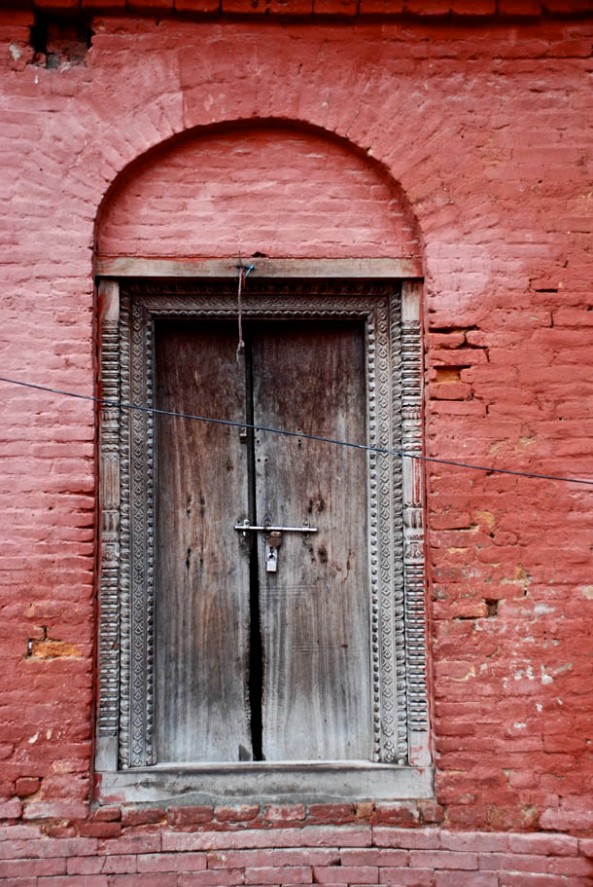
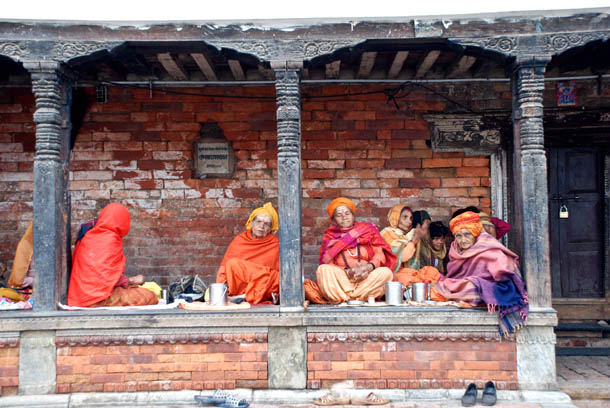
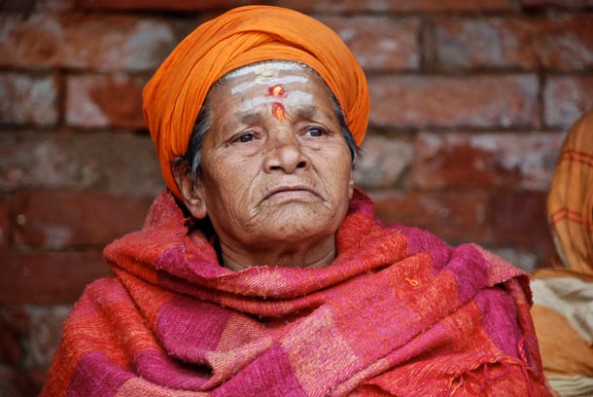
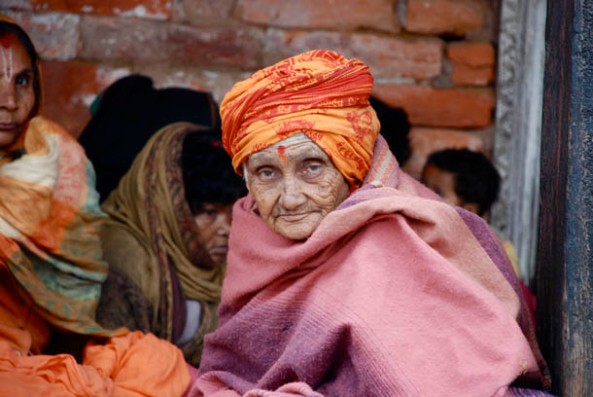

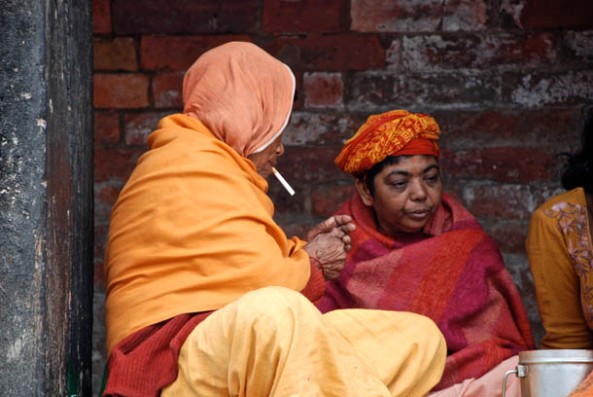
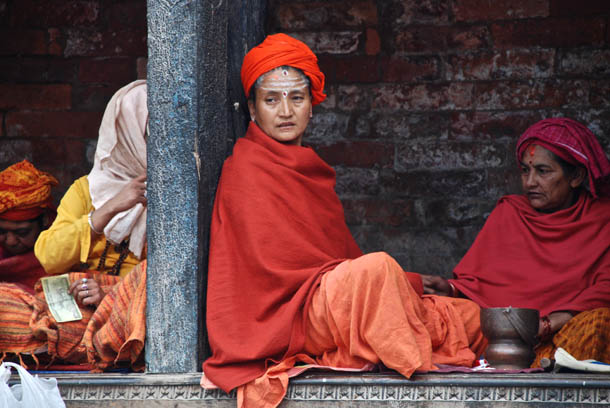
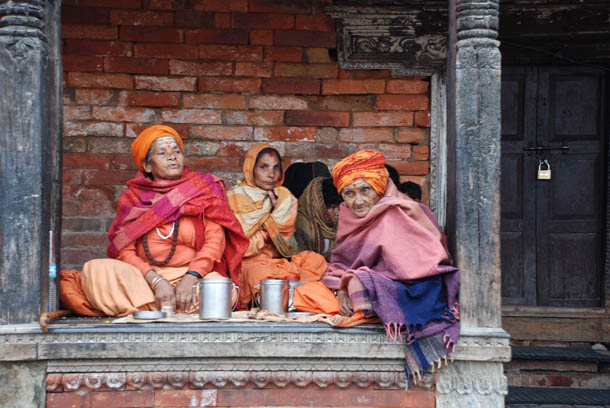
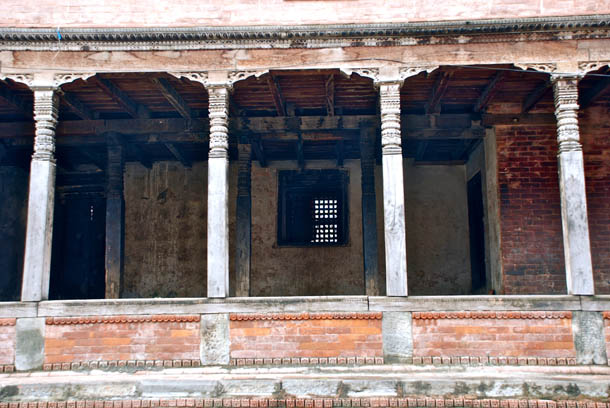
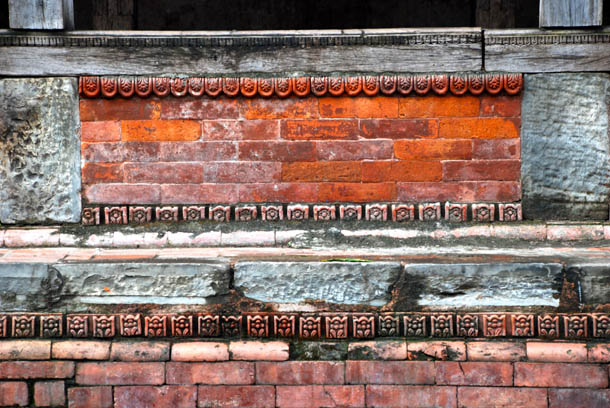
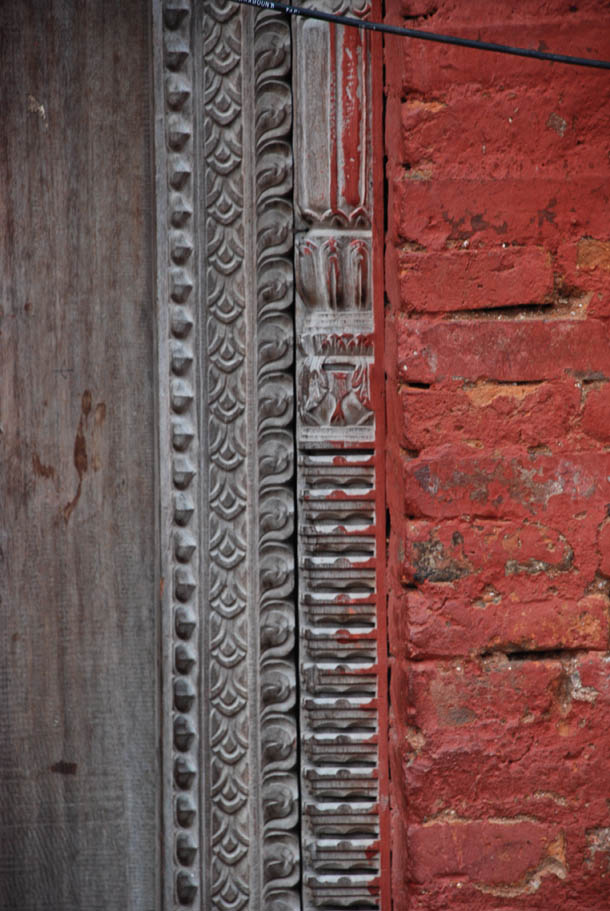
On a lighter note
A little girl wearing red clothes and carrying her little brother in her arms suddenly disrupted the pegions which were perched on the fence and those who were lazing around on the ground. The flight of the pegions and their flapping wings took me away from the unbelievable existence of Mahasthan Ghar in today’s world to the happy moment of our vacation in Nepal.
Hope you enjoy the flight of the pegions as much as I did. Can you hear their wings flapping in tandem?
Unblogging it all… Ishita

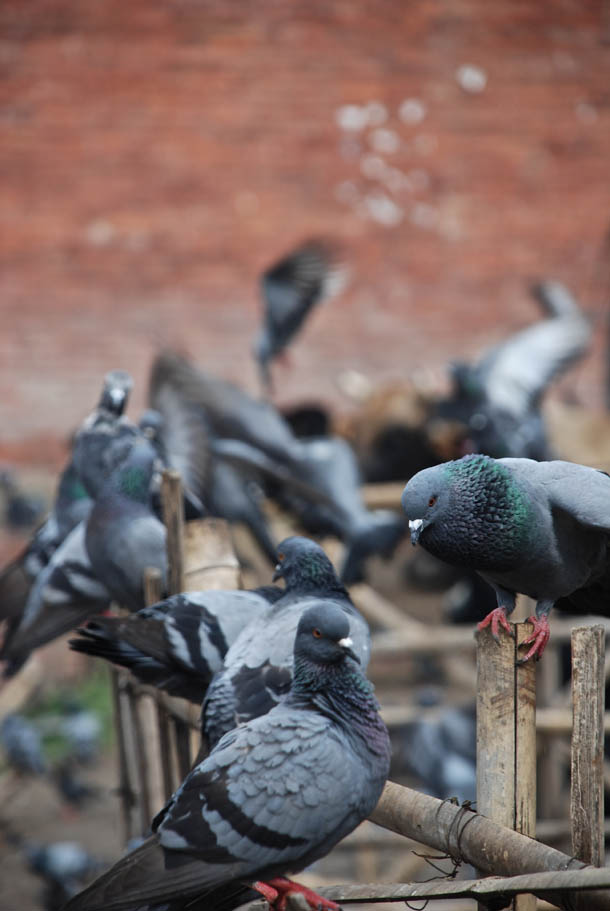


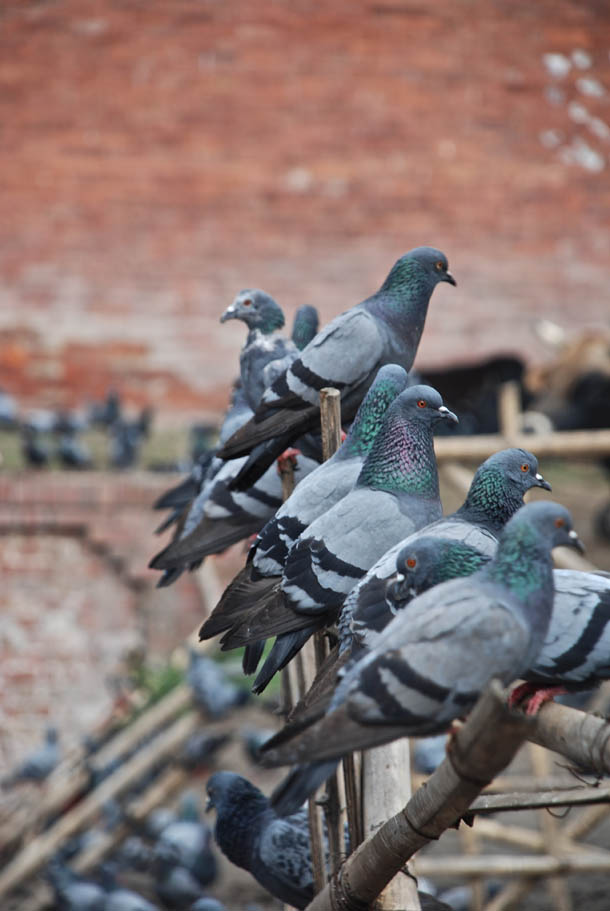
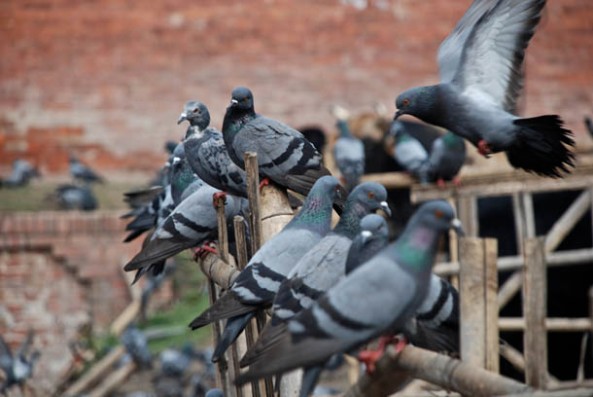
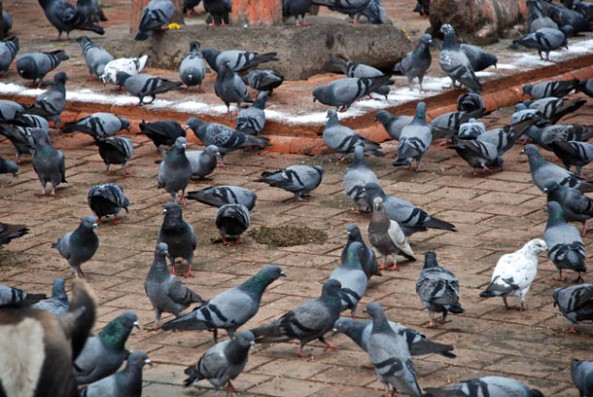
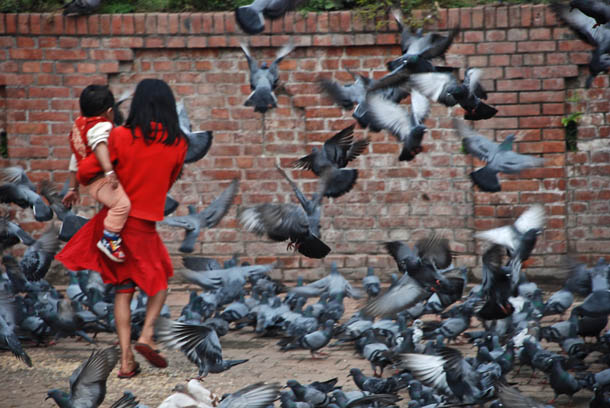
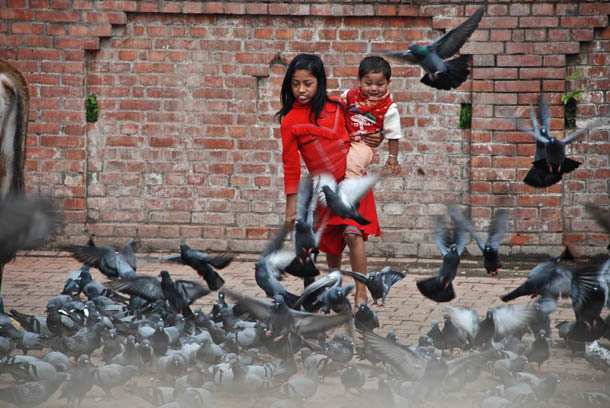


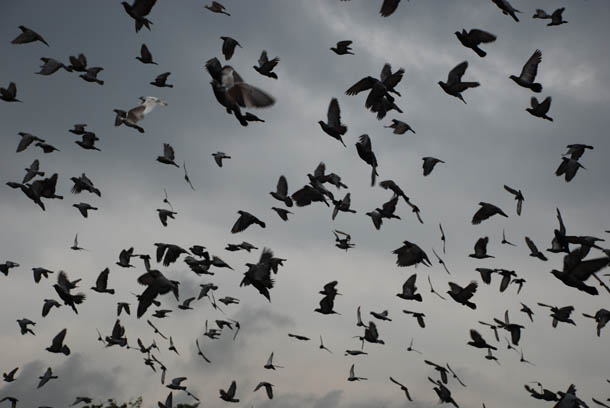
All the photographs are my own. Please do not use them without permission. Do enjoy more of this soulful journey.
Related articles on our Nepal trip
Daal Maharani Befitting the Queen (And Also Us)
Sikarni Raan/Marinated Lamb Shank from Yak & Yeti
Flying over Mt Everest – Nepal
Related articles over the Web
Kathmandu Valley as a UNESCO World Heritage Site
All places in Nepal inscribed on UNESCO World Heritage list
Rudraksha in Nepal
Pashupatinath Temple


great post ishita! i think you should write more oipinion pieces….
LikeLike
Hmmm… point noted. However I don’t want to get into controversy neither hurt any religious, spiritual or cultural sentiments. I have seen similar places in Varanasi but then I didn’t have a camera neither had I started writing. Probably this is a much dignified option for these women I guess.
LikeLike
Nice series of photos..
LikeLike
Thank you:)
LikeLike
Amazing post AND photos! I love the pigeons!
LikeLike
Thanks Shira… their numbers were pretty bewildering!
LikeLike
Ishita this is one of my favorites so far (I’ve looked through your blog). I love the photography, what a fantastic job. The colors are spectacular. Thank you for taking me on a mini journey this morning.
LikeLike
Tahmina – I’m genuinely touched by your compliment. Sharing our journeys is the reason why we are in this Blogosphere, right? More coming up…
LikeLike
i loved the photos clicked by you!
LikeLike
Thanks Ashmita – the entire place can only be defined as – if I may borrow the term from you – Chaotic Sousl!
LikeLike
Chaotic Souls – typo!
LikeLike
i would love to go to such a chaotic place for sure! because i believe creativity comes when there is chaos! 🙂
LikeLike
Rightly said Ashmita:)
LikeLike
🙂 🙂 🙂
LikeLike
Thanks for dropping in Shikhadi.
LikeLike
Very impressive!
LikeLike
Thanks Swati. I don’t know whether it is the faces or the ambiance – it’s pretty bewildering. Would love to hear from from your better half as well – he’s so much into photography:)
LikeLike
Truly very very Impressive!!! Lovely frames and a very very touching article!!
LikeLike
You have been to Benares where you will find the same. As a women fortunately leading a better life it’s bewildering, isn’t it?
LikeLike
Pingback: Daal Maharani Befitting the Queen (And Also Us) «
Lovely Chotai…the photographs are amazing..will go through the article once I am done with work and will write in again…the photos of the pigeons are outstanding…absolutely loved them…compositions et al….
LikeLike
Thanks so much… look forward:)
LikeLike
Well captured Ishita. It fascinates me that even faced with such marginalization, we somehow gather and form groups. Their expressions of acceptance stayed with me….
LikeLike
How beautifully and aptly said. The faces are haunting me even now – so calm and as you have written ‘ expression of acceptance’… I have seen something similar in Benares and Haridwar too!
LikeLike
Awesome Ishita! Nice post! Never knew this about the MAHASTHAN GHAR. By the way Pashupathi Nath was where I was praying, whilst Irja was born, many miles away. So this place is very special for me. 🙂
LikeLike
Thank you Kanaka. I can understand how special then this place might be to you. And how powerful faith and prayers can be.
Mahasthan Ghar is just right there – probably you wouldn’t notice anything more than the red bricks and mortars. The concept exists in many places in India as well – it’s only now that I have discovered that my camera and my writing can reflect those.
LikeLike
Pingback: Sikarni Raan/Marinated Lamb Shank from Yak & Yeti «
Pingback: Mango Lentil Soup/ Aam Dal «
what a wonderful and colourful post:))
LikeLike
Thank you so much:)
LikeLike
Pingback: Where The Buddha Only Sees! «
What an inspiring post Ishti? Touching on many levels, and I loved your conclusion as to me it is Freedom. I have bookmarked your blog and am looking forward to reading more of your touching writing and seeing more of your beautiful photos 🙂
LikeLike
Thank you so much Dima – I thanked you on Twitter but I didn’t realise that I haven’t replied to your comment here. I wanted to sign off with a feeling of lightness and hope but didn’t want to write that in so many words. Wanted to leave to each person to interpret whatever he/she felt! I am thrilled that you have bookmarked my blog:)
LikeLike
I came across here on account of Dima Sharif who called me about how taken she was with your blog. I must say that she was right on the money! I have meant to come over before having seen your comments on our blogs and fb but was pressed with urgency to do it now. In a word: Brilliant! I will have to discuss something with you privately at some point soon.
LikeLike
Thank you so so much:) I am truly flattered!
LikeLike
the photographs and informations stirred lots of emotions in me.thoroughly enjoyed reading.i am very proud of you dear chotai
LikeLike
I am so glad that you could finally manage to read what I have been writing. Thank you and do drop in once in a while and leave your comments – how else will I know that you had dropped by? Very happy, really!
LikeLike
Pingback: Gift Wrapped & Preserved For Each Tourist – Chitwan «
Pingback: Innocense In Their Eyes, Joy In Their Faces «
Pingback: Innocence In Their Eyes, Joy In Their Faces «
Pingback: Bori Tarkari/ Beans Curry & Maithili Art – Chitwan «
Ishita, I have nominated you for “Excellence in Story Telling Award” visit my blog and check it out. Follow the link there for instructions 🙂 Good luck xx
LikeLike
Thank you Dima. Absolutely honoured.
LikeLike
I have so many Nepali friends but no one ever mentioned about these things .. the abandoned women! I will never understand the value or importance of such painful act in the name of culture!
LikeLike
So true Kankana. Specially being a woman myself it pained me immensely. And what struck me the most was their dignity. How dignified they were even in the midst of such hopelessness.
LikeLike
Fresh from a weekend in Kathmandu, you’ve summed up the co-existance and intermingling of religions really well. This was the most extraordinary thing about the trip.
Extraordinary pictures. Do you know why these women have been abandoned by their families?
LikeLike
Thank you Sally. I was going to ask how was your Kathmandu trip – but thought maybe should just wait for some posts to pour in…
I did ask the social body who looks after the welfare of these women – various reasons… unfortunately some of the problems are pertinent in many places even in India and other Asian countries…
1) Unwanted girl child 2)Economic reasons – poor family, lots of mouth to feed. Whom can you sacrifice? The girl child! 3) Division of parental property – the brothers disown the sister so that each share can be bigger… 4) Some deformity – disown the girl child before the society disowns you… how much more shall I write Sally? Perturbing yes but sadly it’s a reality. But one thing their dignity strikes them apart… And another thing is that they are not ‘begging’ here – just waiting for their day to come. Did you all visit the temple whereabouts?
LikeLike
I am taken by the beautiful photography ….saddened by the women and their circumstances,
blessed to live in America although women are devalued here in many other ways as well. hank you so much for bringing the beauty of the area to us.
LikeLike
Pingback: BBC GoodFood ME, August 2012 – ‘Meet the Blogger’ «
Loved this post !!!
LikeLike
Thank you very much… happy New year to you. I don’t know how I missed your comment. Apologies for that:(
LikeLike
Pingback: Baked Gulab Jamun Rabri «
Pingback: Best of 2012 | Season’s Greetings and 3 Cookbooks Giveaway «
Pingback: International Women’s Day | May The Woman Be Celebrated Every Day, Everywhere! |
Pingback: UNESCO World Heritage Sites That I’ve Visited | Tracking My Foot Prints |
Pingback: Blog Turns 2 | A Chance To Meet Masterchef Sanjeev Kapoor For 2 Lucky Readers! |